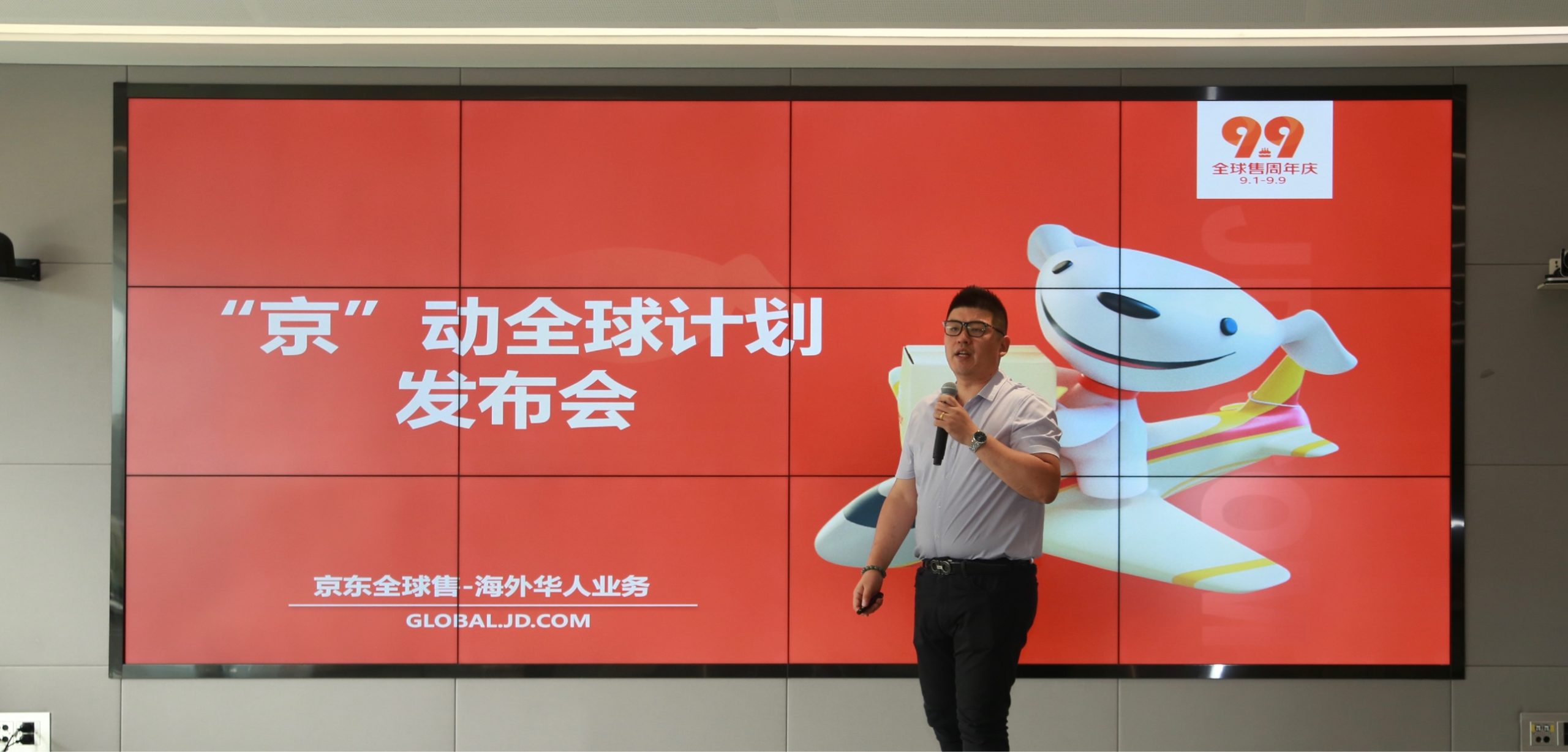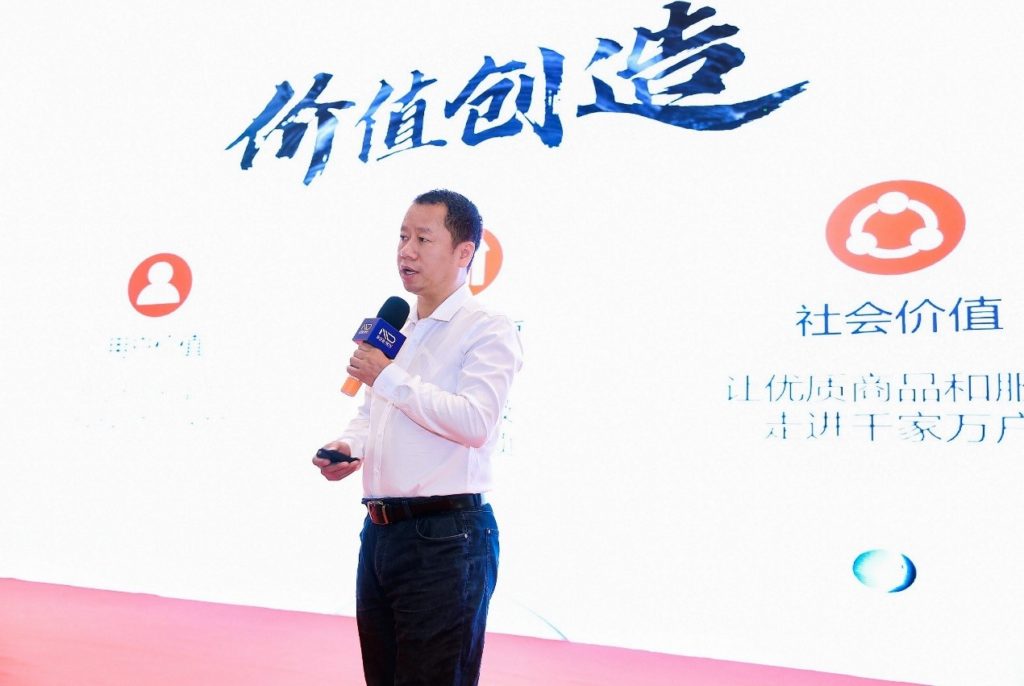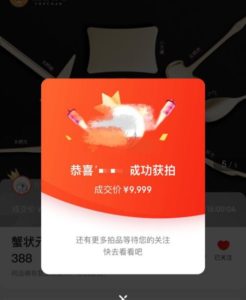by Martin Li
JD’s outbound e-commerce platform, global.jd.com, is serving 100 million overseas Chinese, according to Liu Bin, who is in charge of JD’s overseas Chinese business.
The platform was launched on September 9, 2017, and mainly serves overseas Chinese.
“Our consumers are mostly living in Southeast Asia. North America is also a major source of Chinese consumers,” said Liu.
Liu Bin speaks at the event to launch measures to support merchants on Aug.31.
The platform witnessed sales quadrupled in the first half of this year. The number of users grew by 256% during the same period, compared with the same period of last year.
The top three markets leading sales growth in the first half of this year were the United States, Taiwan and Japan. Among the top three fastest-growing products were cleaning paper products, educational and toy products and fitness training products, according to Liu.
Liu said that overseas Chinese consumers have several pain points in online shopping, including limited supply of products, time-consuming delivery, high price and poor user experience. The platform hopes to cooperate closely with Chinese brands to address these pain points, as well as to extend brands’ reach to overseas consumers.
The platform unveiled measures today to help quality Chinese brands to reach overseas Chinese consumers, in an effort to provide complete outbound e-commerce services to brands.
The measures include supply of JD’s integrated cross-border logistics solution, big data services, marketing support and subsidies.
“Out platform seeks to be a bridge to connect Chinese brands and the world. We hope to make use of JD’s strengthen to help brands to go abroad, as well as to provide a better shopping experience for overseas consumers,” said Liu.
Starting September 1st, the platform will provide benefits and discounts to consumers, including free delivery to consumers in Hong Kong, Macau and Taiwan. The promotional campaign will last until September 9th, the third-year anniversary of the platform.
(bjlihao@jd.com)
















